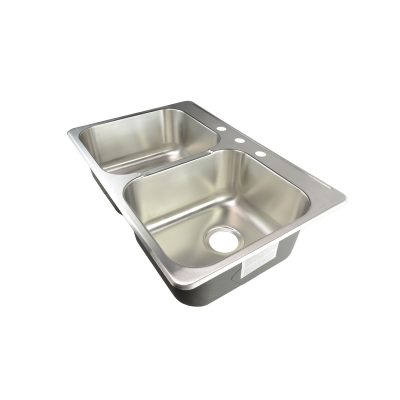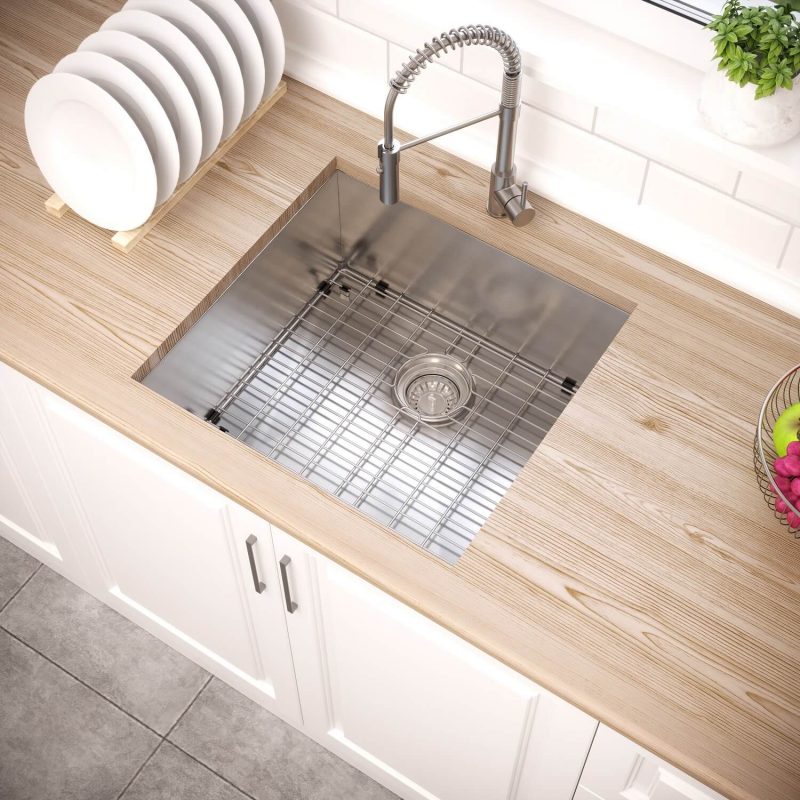Kitchen Sink
Undermount Vs. Top Mount Sinks: Which Installation Style Is Right For You?
Sink Styles Face-Off: Undermount Vs. Top Mount Installation
When it comes to kitchen sinks, the installation style is a defining factor that affects both the look and functionality. This blog compares undermount and top mount sinks, helping you decide which is right for your kitchen.
Undermount Sinks: Seamless Integration and Sleek Appeal
Undermount sinks are installed beneath the countertop, resulting in a seamless look. This design provides several advantages:

Pros of Undermount Sinks
- Sleek Design: Undermount sinks offer a clean, modern look that enhances the aesthetics of your kitchen.
- Easy Cleanup: With no sink lip to catch crumbs, cleaning the counters is easier as debris can be swept directly into the sink.
- Counter Space: They allow for more counter space, making your kitchen feel more spacious.
However, undermount sinks also have a few considerations to keep in mind:
Cons of Undermount Sinks
- Cost: They are typically more expensive than top mount sinks and cost more to install.
- Installation Limitations: Not all countertop materials are suitable for undermount sinks. For example, they cannot be installed with laminate counters due to the risk of water damage.
Top Mount Sinks: Easy Installation and Versatile Compatibility
Top mount sinks, also known as drop-in sinks, are inserted into a hole cut out of the countertop, with the sink’s rim resting on top. Here are some of their benefits and limitations:

Pros of Top Mount Sinks
- Easy Installation: They are easier and less expensive to install than undermount sinks.
- Versatility: They can be installed with almost any type of countertop material.
Cons of Top Mount Sinks
- Cleaning: The lip of the sink can catch crumbs and debris, making cleaning a bit more challenging.
- Aesthetics: Some people find the visible edge less sleek than the seamless look of undermount sinks.
Ultimately, the choice between undermount and top mount sinks depends on your aesthetic preference, budget, countertop material, and desired ease of cleaning.
 USD
USD CAD
CAD
